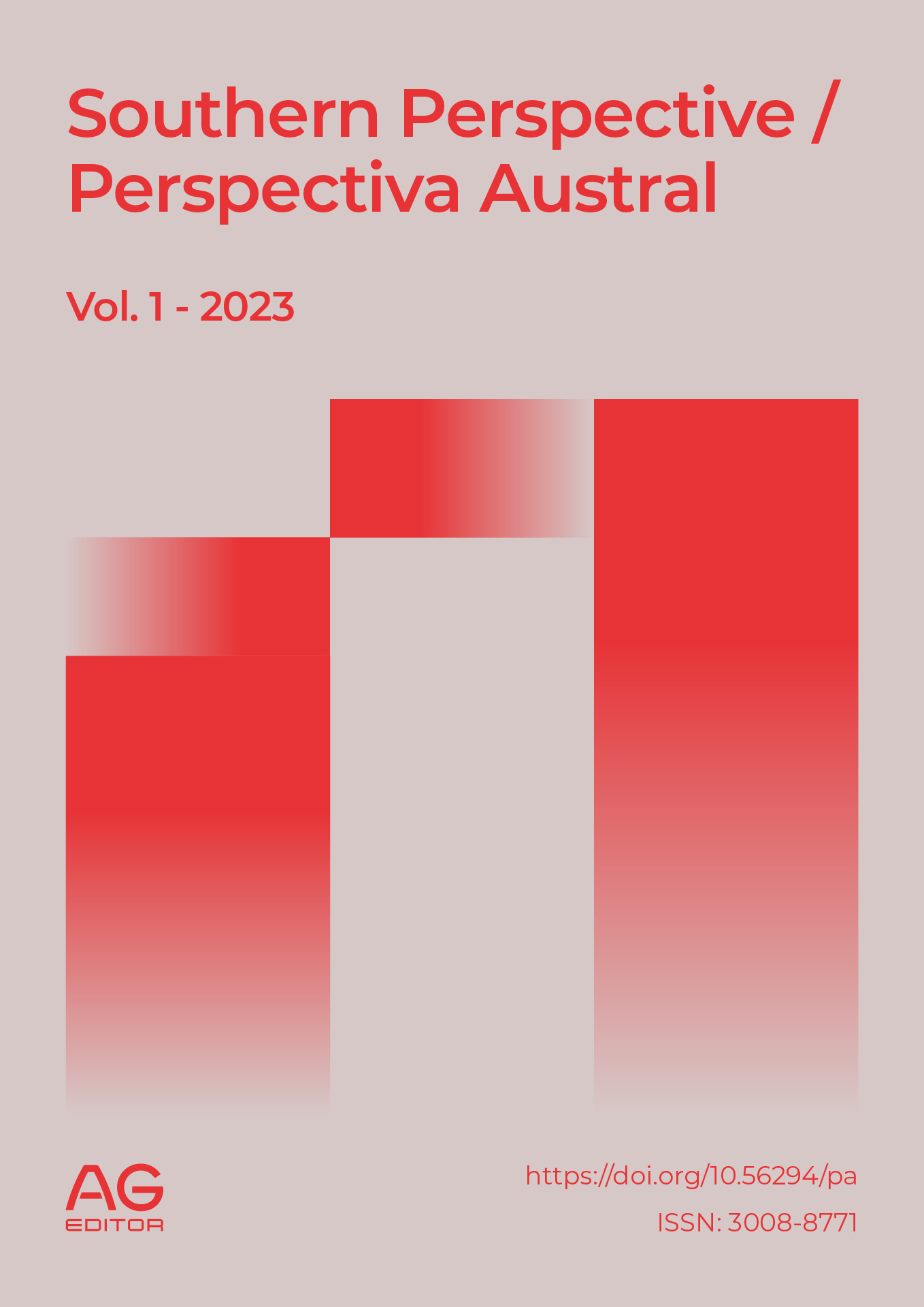Teotihuacan, analysis of the city from an ethnohistorical approach
DOI:
https://doi.org/10.56294/pa202366Keywords:
Teotihuacan, archaeology, pyramids, Mesoamerica, civilizationAbstract
Teotihuacan, located in the present-day State of Mexico, is an archaeological zone famous for its architectural complexes and pyramids. The city is known for sites such as La Ventilla, Tetitla, Tepantitla, Teopanzolco and the Palace of Quetzalpapálotl, as well as for its three main pyramids: the Pyramid of the Moon, the Pyramid of the Sun and the Temple of the Feathered Serpent. The history of Teotihuacán is complex due to the scarcity of information about its original inhabitants, which has led to various theories about its evolution. The paper examines three key periods: the rise of the city (200 BC - 250 AD), the rise of the second power group (250 - 450 AD) and the apogee of the city (450 - 550 AD). During these periods, the institutionalization of workers and military power stand out, with symbols such as the jaguar representing the ruling power. The planning of the city suggests a meticulous design, aligned with natural and symbolic elements, such as Cerro Gordo. The city reached its maximum splendor with a population of close to 100,000 inhabitants and an influence that extended throughout Mesoamerica. However, its decline between 550 and 650 A.D. is attributed to a fire and internal conflicts, especially between artisans and rulers. Finally, the paper explores the Mexica interpretation of Teotihuacán, who saw the city as a sacred place where gods were created. This legacy has contributed to maintain the importance and mystery of Teotihuacán in Mesoamerican history
References
Angulo V. Jorge (1993) “El desarrollo socio político como factor de cambio cronológico cultural” en Brambila, Rosa y Cabrera Rubén (Coord.) Los ritmos de cambio en Teotihuacán; reflexiones y discusiones de su cronología. Distrito Federal, México: Instituto Nacional de Antropología e Historia (INAH)
Armillas, Pedro (1950) Teotihuacán, Tula y los Toltecas: las culturas post-arcaicas y pre-aztecas del centro de México- Excavaciones y estudios, 1922-1950. Buenos Aires, Argentina: Runa
Cabrera Castro, Rubén (1993) “La cronología de Ciudadela en su secuencia arquitectónica” en Brambila, Rosa y Cabrera Rubén (Coord.) Los ritmos de cambio en Teotihuacán; reflexiones y discusiones de su cronología. México, Distrito Federal, México: INAH
Koselleck, Reinhart (2006) Historias de conceptos. Estudios sobre semántica y pragmática del lenguaje político y social. Madrid, España: Trotta,
León-Portilla, Miguel (1980) Toltecayotl, aspectos de la cultura náhuatl. México, Distrito Federal, México: Fondo de Cultura Económica
Manzanilla Naim, Linda (2017) Teotihuacán, ciudad excepcional de Mesoamérica. Ciudad de México, México: El Colegio Nacional,
Matos Moctezuma, Eduardo (2009) Teotihuacán. México, Distrito Federal, México: El Colegio de México, Fondo de Cultura Económica
Piña Chan, Román (1977) Quetzalcóatl serpiente emplumada. Distrito Federal, México: Fondo de Cultura Económica
Soustelle, Jaques (1982) El universo de los aztecas. Distrito Federal, México: Fondo de Cultura Económica
Artículos:
Bosque Cantón, Cristina (julio-diciembre, 2019). Representación de Teotihuacan y su territorio en códices y mapas coloniales. Anales de Antropología, 53 (2): 29-36
Cabrera Castro, Rubén y Cowgill, George (abril-mayo, 1993). El Templo de Quetzalcóatl. Arqueología mexicana, 1 (1): 21-26
Carrasco, Pedro (marzo, 1974). Sucesión y alianzas matrimoniales en la dinastía teotihuacana. Estudios de cultura náhuatl, 11: 235-241
Jiménez Moreno, Wigberto (julio-septiembre, 1974). Los portadores de la cultura teotihuacana. Historia Mexicana, 24 (1):1-12
Ocaña Jiménez, Lucila (septiembre-diciembre, 2004). El Laberinto de Quetzalcóatl. Estudios Políticos 3 (8): 62-96
Tesis
Anguiano Mondragón, Hazael (2022) Los constructores de Teotihuacán. Dinámica y estructura social de las condiciones y relaciones de trabajo en la edificación de tres basamentos: el Sol, la Luna y el Templo de Quetzalcóatl. (Tesis de licenciatura) Escuela Nacional de Antropología e Historia, Ciudad de México, México.
Published
Issue
Section
License
Copyright (c) 2023 Octavio Godoy Morales (Author)

This work is licensed under a Creative Commons Attribution 4.0 International License.
The article is distributed under the Creative Commons Attribution 4.0 License. Unless otherwise stated, associated published material is distributed under the same licence.






